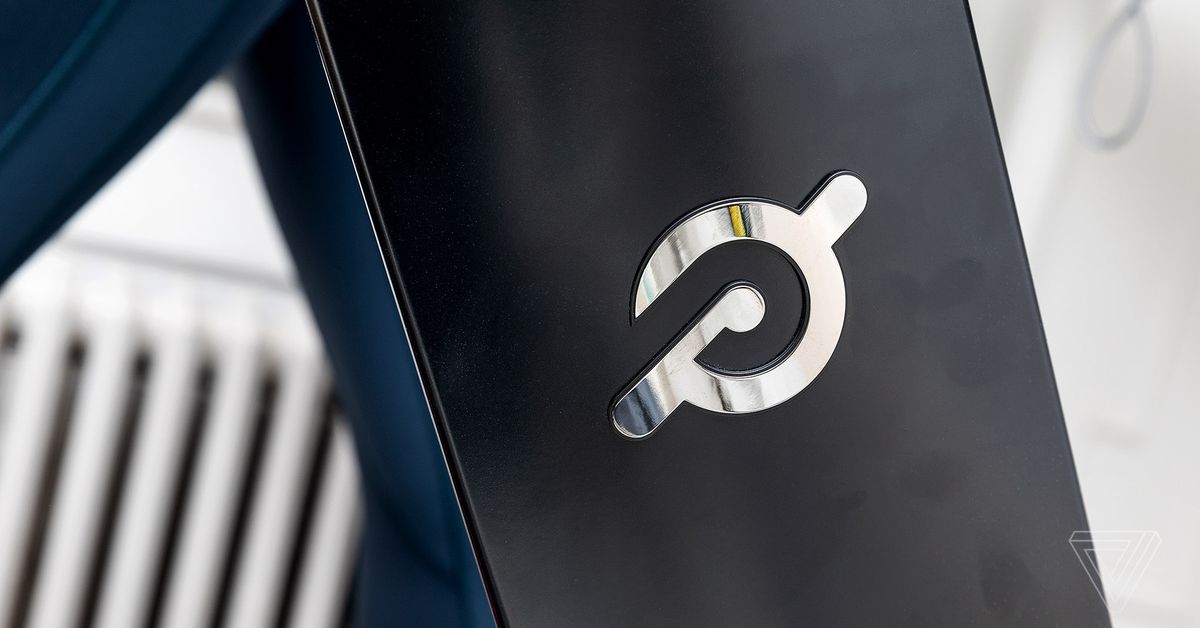Scandit raises $150M to automate inventory scanning with computer vision
Did you miss a session from GamesBeat’s latest event? Head over to the GamesBeat & Facebook Gaming Summit & GamesBeat Summit: Into the Metaverse 2 On Demand page here.
Inventory management is a growing challenge in retail and logistics, particularly as the pandemic places a strain on the supply chain. According to a 2018 survey by Coresight Research and Celect, inventory decisions — including overbuying, buying the wrong type of products, and misallocating inventory — account for an estimated 53% of unplanned markdown costs for retailers. Similarly, a Stitch Labs survey of warehouse operators found that human error was the top cause of inventory fulfillment issues for a majority of the respondents.
Some problems stem from the barcode- and label-based systems that companies use to keep track of products, which can be susceptible to incorrect data, poor print quality, and other inconsistencies. Automation technologies have been proposed as a solution in light of the growing trend toward digitization in logistics. As McKinsey reports, enterprises are accelerating their supply chain digital transformation efforts with a focus on visibility as they “strive for a better picture of their supply chains’ real-time performance.”
One vendor in the growing supply chain automation space is Scandit, which offers a platform that helps capture data from barcodes, text, objects, and IDs. The company — which claims to have over 1,700 customers worldwide, including FedEx, Levi’s Strauss & Co., and Sephora — today announced that it raised $150 million in a series D funding round that values the company in excess of $1 billion.
AI-driven supply chain automation
Zürich, Switzerland-based Scandit was founded in 2009 by Christian Floerkemeier, Christof Roduner, and CEO Samuel Mueller. Mueller was formerly a systems engineer at reinsurance provider Swiss Re before joining IBM’s Zurich R&D lab as a researcher.
“Floerkemeier, Roduner, and myself founded Scandit after meeting at ETH Zurich the same year,” Mueller told VentureBeat via email. “Fundamentally, our ambition is to transform the daily lives of customers, workers, and businesses in all walks of life … Tens of billions of scans are made using Scandit every year. In 2021, our platform was used on over 150 million active devices and we saw over 80% increase in the number of scans compared to 2020.”
Scandit develops algorithms to speed up barcode scanning processes for inventory management, enabling smartphones, drones, “digital eyewear,” and robots to capture data from labels. The company claims its platform can handle challenging lighting conditions, distances, and angles that traditional barcode scanners can’t — even with damaged labels — by performing up to 480 individual scans per minute.
In addition to barcode scanning, Scandit’s platform can extract text from VIN codes on cars, passports, IDs, and other documents via optical character recognition (OCR). Scandit also offers augmented reality (AR) software that displays information in smart glasses and mobile devices, like product and delivery details as well as stock counts.
“We offer different options for how to add Scandit functionality to any enterprise architecture, for native apps and web apps, with or without the need for integration,” Scandit writes on its website. “Our software works on a variety of operating systems, frameworks, and third-party party systems, and we offer specialist technical support for developers with a range of support and analytics options during live service.”
Last month, Scandit launched ShelfView, which leverages AR, object recognition, and OCR to scan “SKU-level” product data from brick-and-mortar store shelves via smartphones, robots, or a combination of both. “By following our original vision of using the camera on smart devices to interact with physical items, we are transforming the daily lives of customers, employees and businesses to enable enhanced, personalized experiences and achieve their digital transformation ambitions,” Mueller said in a statement.
A growing market
Retailers and warehouse operators are, across the country, experimenting with robotics and drones in an effort to meet inventory tracking demands. While not every effort has borne fruit — in November 2020, Walmart canceled plans to use robots from Bossa Nova to scan product shelves in a portion of its stores — others have seen success. Inventory-tracking drone startups like Pensa Systems and Gather have raised tens of millions of dollars and secured partnerships with companies like Anheuser-Busch InBev, as have startups developing wheeled robots for store product tracking like Simbe Robotics and Keonn Technologies.
In a 2019 survey by Wakefield Research — which, it’s worth noting, was sponsored by Bossa Nova — almost three out of four retailers with more than $500 in annual revenue said that inventory accuracy would improve as a result of introducing automation or in-store robots. But 70% said that automating the monitoring of in-store shelves wasn’t worth the investment, highlighting the resistance to digitization in some segments of the industry.
“Labor shortages, the rise of the gig economy, and a younger generation of workers who wish to be incentivized and empowered by technology together pose a major challenge to business leaders,” Mueller said. “Augmenting staff with smart data capture helps organizations cope with post-pandemic churn and meet fluctuating demand in a world where shocks are the new normal. Organizations can hire inexperienced staff, equip them with computer vision enabled-smartphones, and not only maintain — but also improve — productivity and quality assurance. For workers in retail and the last mile, smart data capture takes the toil out of repetitive tasks and means they enjoy a more rewarding relationship with customers, as they’re freed up to fulfill higher-value services.”
For its part, Scandit — which has around 450 employees — says that annual recurring revenue more than doubled since May 2020 as the company worked to grow its 1,700-brand customer base in verticals including health care, transportation, logistics, and manufacturing. During the pandemic, Scandit has provided data capture services to national health organizations including the U.K.’s National Health Service NHS to support COVID-19 programs and initiatives.




“The pandemic has accelerated trends which were already underway, such as customers’ desire for digital experiences and new services, while employee expectations have increased too. The boom in ecommerce and last-mile delivery has presented new challenges to retailers and courier companies alike,” Mueller added. “For the latter, the ability to scale quickly by onboarding gig economy workers has been essential to cope with unexpected peaks. The challenge is doing so while remaining operationally efficient and profitable. A software-based approach using smart data capture solutions on smartphones, particularly with a bring-your-own-device model, provides the flexibility to scale and at low cost.”
Warburg Pincus led Scandit’s newest financing round with participation from Atomico, Forestay Capital, G2VP, GV, Kreos, NGP Capital, Schneider Electric, Sony Innovation Fund, and Swisscom Ventures. It brings the company’s total capital raised to nearly $300 million, which Scandit says will be used to support R&D efforts and “fuel its global expansion” with a particular focus on the Japan, Singapore, and South Korea markets.
“We plan to pair AI and machine learning with OC further to help enterprises detect fraudulent documents with a simple scan,” Mueller said. “Training AI and machine learning models on authentic documents enables increased accuracy to detect fake IDs by spotting patterns that don’t match the genuine document. Scaling the identification of fake IDs on a large scale is valuable in many areas, such as age-verified delivery or the purchasing of age-restricted goods in retail stores.”
VentureBeat’s mission is to be a digital town square for technical decision-makers to gain knowledge about transformative enterprise technology and transact. Learn More


